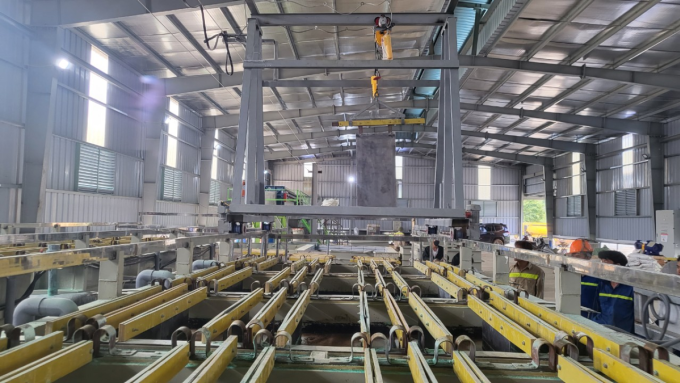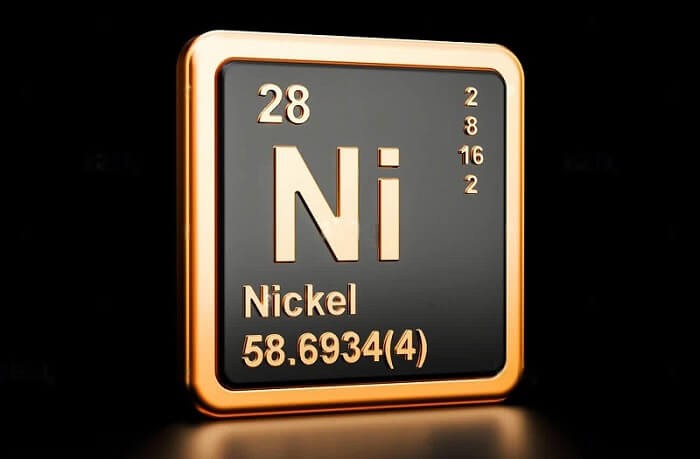China’s electric vehicle market is presenting a temporary challenge to the shift to nickel-free or cobalt-free electric vehicle batteries.
Battery and car makers have been shifting to nickel-free batteries for years to cut costs and mitigate supply risks. But now there is a growing demand for cheaper nickel batteries, which contain less metal while still maintaining high energy density and driving range.
Leading global battery maker Contemporary Amperex Technology is one of the suppliers of the medium-voltage, high-voltage nickel battery. Technological improvements, plummeting battery material prices and changing consumer preferences have all driven the format.
“It appears to be a strategy to keep NMC around longer and offer a differentiated product for both the domestic and export markets,” said Aaron Wade, director of battery costs at CRU Group. NMC stands for nickel-manganese-cobalt, the main type of battery that contains nickel.
Chinese automakers including Xiaomi Corp., Li Auto and Zeekr are currently using medium-voltage nickel batteries, while South Korea’s LG Energy Solution is expected to start production next year, according to Shanghai Metals Market. CNGR Advanced Material, a major battery materials supplier, said their adoption could be a “significant force” for the EV industry as drivers seek longer driving ranges.
China’s major EV and battery companies have often been at the forefront of changing battery chemistry mixes, responding quickly to changes in the commodity market or driver demands. A previous era of sky-high nickel and cobalt prices and shortage fears prompted a move toward LFP (lithium-iron-phosphate) and away from NMC.
But nickel prices have since plummeted. South Korean battery maker LG Energy says high-voltage, medium-nickel batteries could cut costs by 10% with improved energy density and thermal stability.
Slower Transition
“A few years ago, the expectation was that medium-nickel cathodes would be completely replaced in the coming years,” said Iola Hughes, research director at consultancy Rho Motion. “Now, low cobalt prices and safety concerns with high nickel have slowed that transition significantly.”
According to CRU, the average nickel share of NMC production in China has jumped to nearly 60% from around 40% in early 2023. Analysts say this has at least helped slow the LFP advance and created some uncertainty about how battery technology will develop.
“Currently, medium-nickel, high-voltage batteries are mainly used in the domestic Chinese market in mid- and high-end models… We can also see an increasing trend in the market outside of China, and the cells can compete with LFP batteries to some extent,” said Jared Zhu, senior project manager for consulting at SMM.
Traditionally, medium-nickel chemistries can only operate at lower voltages than high-nickel. However, some technical changes have allowed them to operate more safely and sustainably at higher voltages.
Nickel prices are stagnant at relatively low levels near $16,000 a tonne amid oversupply, while cobalt prices have fallen to their lowest in nearly eight years and lithium prices are hovering around their lowest since 2021. This means that overall battery costs are much cheaper, but in a fiercely competitive market, automakers still need to adjust to cost and performance.
“In the long term, as downstream applications seek a balance between high energy density and cost efficiency, the two battery paths of LFP and NMC will coexist and develop,” CNGR said.


